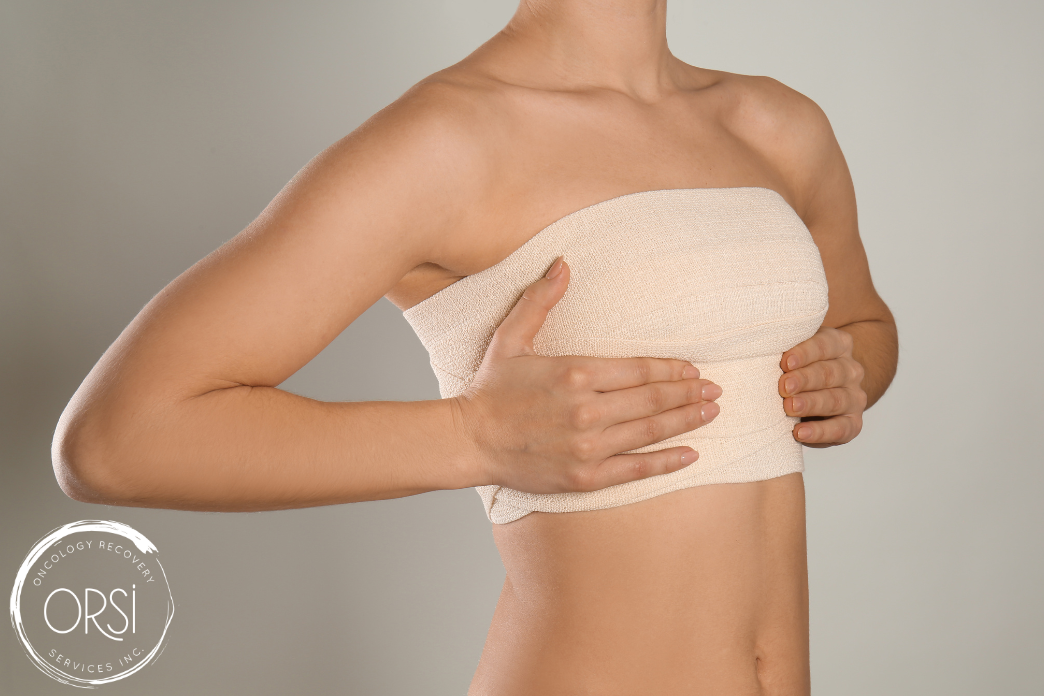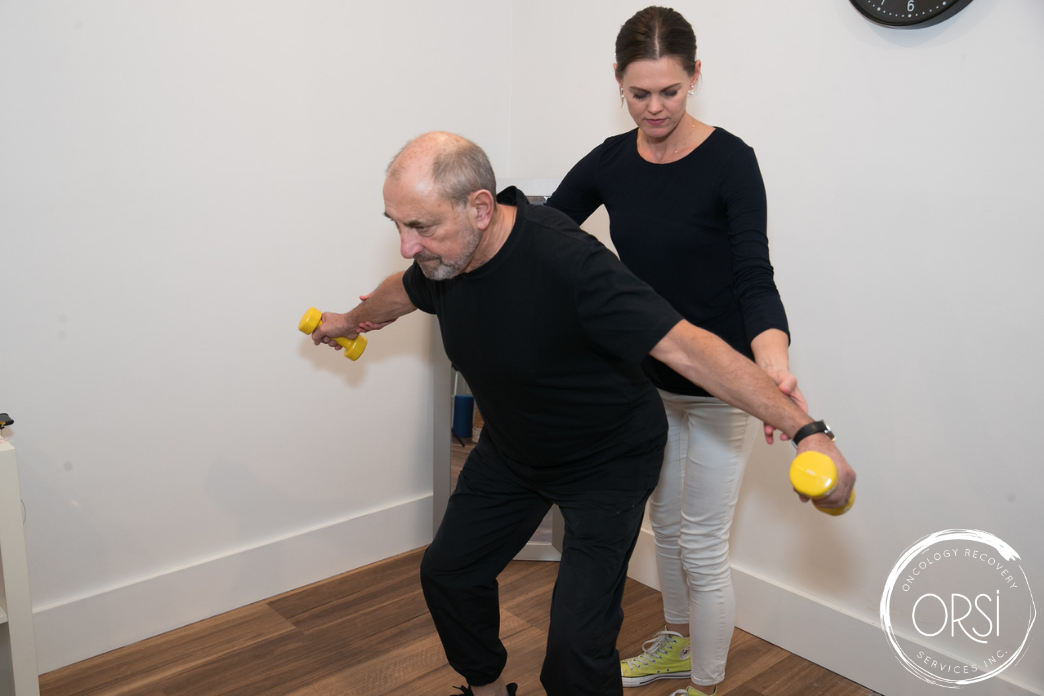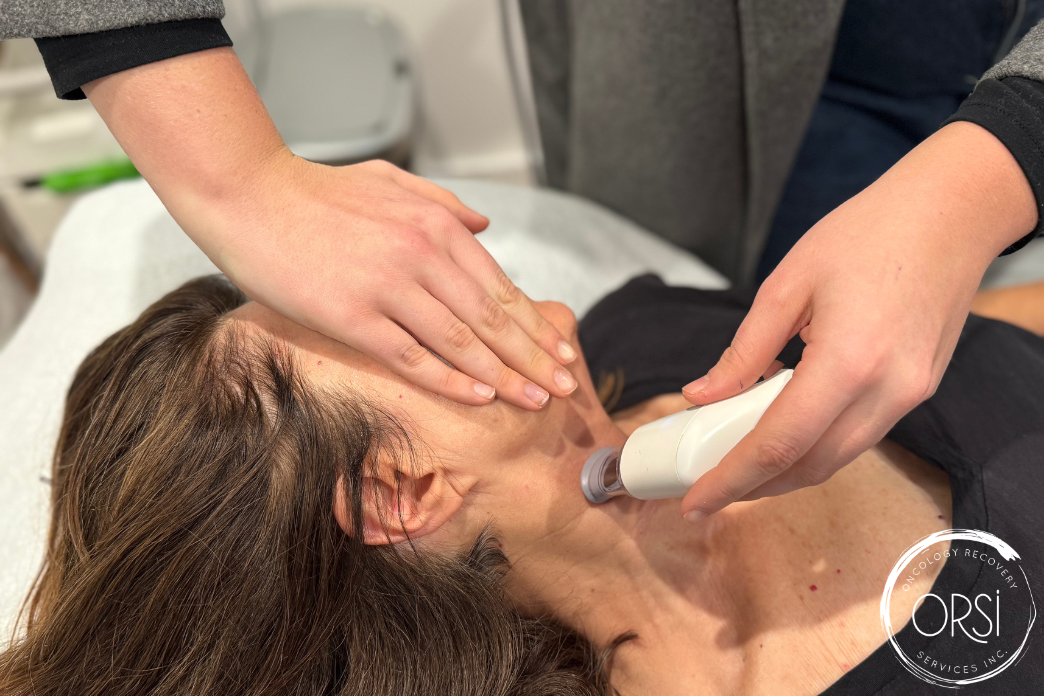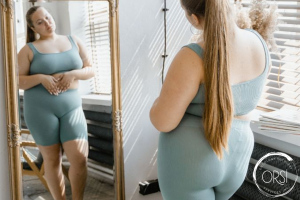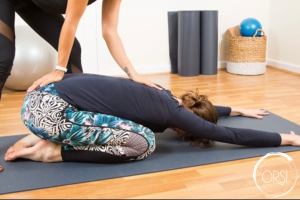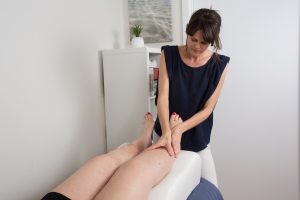What is a DIEP Flap Breast Reconstruction?
DIEP (Deep Inferior Epigastric Perforator) flap breast reconstruction is an advanced surgical technique used to rebuild the breast after a mastectomy. This procedure involves transferring skin, fat, and blood vessels from the lower abdomen to the chest to create a new breast mound. Unlike other flap procedures, the DIEP flap spares the abdominal muscles, which can lead to a quicker recovery and less post-operative pain.
The Surgical Process
During the DIEP flap procedure, a plastic surgeon will make an incision in the lower abdomen to harvest the skin, fat, and perforator blood vessels. These tissues are then carefully transplanted to the chest area, where the surgeon connects the blood vessels to those in the chest to ensure a healthy blood supply. The abdominal area is then closed and contoured, similar to a tummy tuck.
Possible benefits of DIEP flap breast reconstruction
- Natural Look and Feel: Using your own tissue can result in a more natural appearance and texture compared to implants.
- Muscle Function Preservation: Unlike TRAM (Transverse Rectus Abdominis Myocutaneous) flap procedures, DIEP flap reconstruction preserves the abdominal muscles, which helps to maintain abdominal strength and reduces the risk of muscle weakness or hernia. By sparing the abdominal muscles, patients often experience a quicker recovery and maintain core strength.
- Contoured Abdomen: In addition to breast reconstruction, the procedure provides a flatter, more contoured abdomen.
- Improved Sensation: Some patients experience better sensation in the reconstructed breast over time compared to other reconstruction methods, as the nerves in the transplanted tissue can gradually regenerate.
- Long-lasting Results: Since the reconstructed breast is made from your own tissue, it can change in size and shape along with the rest of the body, leading to more long-lasting results compared to implants, which may need replacement over time.
Preparing for DIEP flap breast reconstruction
Pre-habilitation focuses on ensuring you are in optimal physical and mental condition before undergoing surgery. This has been shown to contribute to a quicker recovery. Strategies include:
- Specialised exercise program guided by your physiotherapist
- Mindfulness practices
- Good nutrition and hydration
- Emotional support
Recovery post DIEP flap breast reconstruction with a specialist physiotherapist
Immediate Post-Operative Care
Recovery from DIEP flap reconstruction involves a multidisciplinary approach, including the collaboration of your surgeon and a specialist physiotherapist. In the immediate post-operative period, you will stay in the hospital for about 4-5 days. During this time, your medical team will monitor your new breast mound for proper blood flow and ensure your incisions are healing well.
The Role of a Specialist Physiotherapist
A specialist physiotherapist plays a crucial role in your recovery. They work closely with your surgeon to develop a personalised rehabilitation plan tailored to your needs and surgical outcome. Here’s how they can help:
Pain Management and Mobility
In the early days after surgery, pain management is a priority. Your physiotherapist will guide you through gentle exercises to manage pain, reduce swelling, and prevent complications such as blood clots. Simple movements, like ankle pumps and deep breathing exercises, are introduced to enhance circulation and lung function.
Gradual Reintroduction of Movement
As you progress, your physiotherapist will help you gradually reintroduce more significant movements and exercises. These may include gentle stretches and range-of-motion exercises for your arms and shoulders. The goal is to maintain flexibility and prevent stiffness without putting undue stress on your healing tissues.
Weeks 2-6: Building Strength and Flexibility
Core Strengthening
Around two weeks post-surgery, your physiotherapist will begin to incorporate core strengthening exercises. Since your abdominal muscles were not cut during the DIEP flap procedure, these exercises will help rebuild strength without risking your surgical results. Examples include pelvic tilts, gentle abdominal muscle contractions, and bridging exercises.
Arm and Shoulder Exercises
Your physiotherapist will also focus on improving the strength and flexibility of your arms and shoulders. This is crucial for daily activities and helps prevent any compensatory patterns that could lead to long-term issues. Gradual progression from passive movements to active exercises will be introduced based on your comfort level and healing progress.
Weeks 6-12: Enhancing Functionality
Advanced Strengthening
As you continue to heal, your physiotherapist will guide you through more advanced strengthening exercises. These are designed to enhance overall functionality and ensure you can return to your normal activities without limitations. Exercises may include modified planks, standing leg lifts, and resistance band exercises for your upper body.
Posture and Ergonomics
Proper posture and ergonomics are essential to prevent any long-term complications. Your physiotherapist will educate you on maintaining good posture, especially as you start resuming more of your daily tasks. This includes advice on how to lift objects correctly, sit and stand properly, and perform routine activities in a way that supports your recovery.
Long-Term Follow-Up
Recovery from DIEP flap breast reconstruction is a gradual process that continues well beyond the initial 12 weeks. Regular follow-ups with your surgeon and physiotherapist are recommended to monitor your progress and address any concerns. They will continue to adjust your rehabilitation plan as needed to ensure optimal recovery and long-term health.

Conclusion
DIEP flap breast reconstruction offers a natural and effective option for women seeking breast reconstruction after a mastectomy. With the support of a specialist physiotherapist, recovery can be smoother and more efficient. By following a structured rehabilitation plan, you can regain strength, flexibility, and confidence in your new body. Always consult with your healthcare providers to tailor the best recovery approach for your individual needs.
